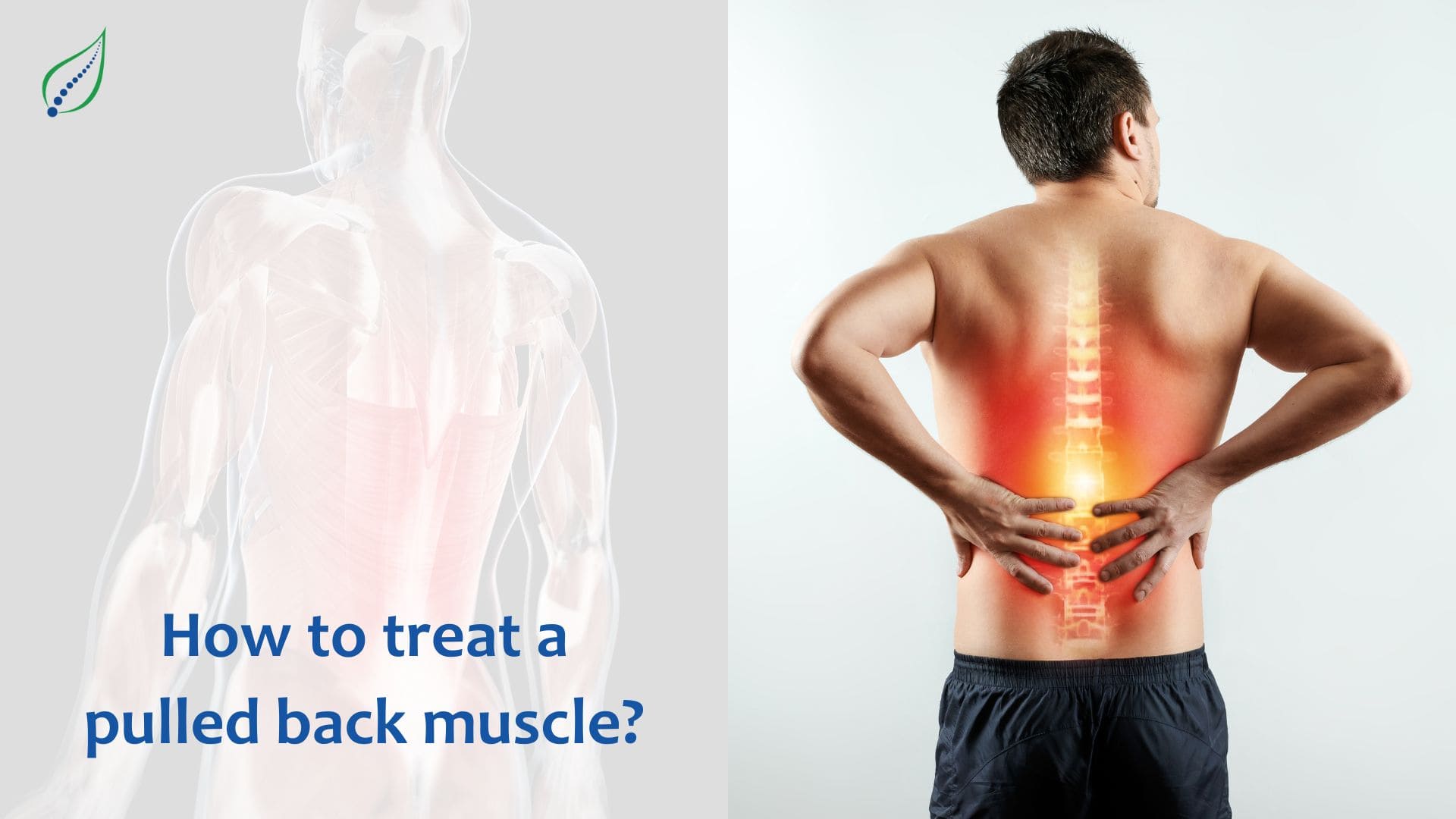How to Treat a Pulled Back Muscle?
A pulled back muscle, also known as a back strain, is a common injury that can happen to anyone. It occurs when the muscles, tendons, or ligaments in the back are stretched or torn. This can result from sudden movements, improper lifting techniques, lack of conditioning, or everyday wear and tear.
While a pulled-back muscle can be very painful, you can usually treat it at home without needing surgery. You can get relief and promote healing with a combination of at-home remedies, over-the-counter medications, and some rest. Here’s what you need to know.
Causes
There are a few major causes of pulled back muscles:
- Lifting something too heavy or lifting with improper form can overstretch the muscles. Twisting while lifting also strains muscles.
- Sports injuries from motions like golf swings or racquet strokes can lead to tears or strains.
- Lack of conditioning makes muscles tighter and more prone to injuries. Weak core muscles increase risk as well.
- Structural problems with posture, arthritis, or bone spurs can make back muscles more susceptible.
- Muscle tension from stress leads to sore, strained tissues.
Symptoms
You’ll usually feel immediate pain if you pull a back muscle. Key signs include:
- Sharp, stabbing pain or a dull ache in the lower or upper back
- Stiffness and limited range of motion
- Muscle tightness, spasms or cramping
- Tenderness concentrated in one spot
The pain may radiate into the buttocks or thighs, too. Activities that involve twisting, lifting, or arching your back will probably aggravate it. Proper treatment should ease the intensity within a few days or weeks.
At-Home Treatment
Follow these at-home remedies to encourage healing:
Rest. Avoid strenuous activity for 1-2 days after the injury. Bed rest for up to a few days helps relax the injured tissue. Don’t stay immobile longer than that, though, as it may slow healing.
- Ice Packs - A cold compress constricts blood vessels to reduce swelling and inflammation. Apply covered ice packs to the affected area for 15 minutes, a few times daily. Never place ice directly on bare skin.
- Heat Packs - After 48 hours, apply a warm (not hot) water bag or warm damp towel to the area for about 15 minutes to relax the muscles and stimulate blood flow. Repeat a few times a day. Avoid heat earlier as it promotes bleeding.
- OTC Medication - Anti-inflammatory painkillers like ibuprofen can ease inflammation and discomfort. Talk to your doctor about dosage and length of use. Muscle relaxers may also help alleviate spasms and pain.
- Massage - Gentle massage helps muscles relax. Concentrate on tender, spasming spots. Ensure your movement is slow to avoid further tearing. Having a partner perform the massage takes the pressure off your back.
- Stretching - Once initial pain subsides, do gentle stretches to keep muscles flexible and promote circulation. Stop any stretch that causes pain. Yoga moves like a child’s pose may provide relief, too. Avoid crunches, toe touches, or other intense stretches early on.
- Posture & Support - Always pay attention to posture, especially when sitting for long periods. Position your seat at the proper height with a small rolled towel supporting the natural arch in your lower back if necessary. Stand upright without slumping your shoulders. Sleep on your side or back with knees bent using pillows to prevent strain.
Seeking Medical Treatment
It’s time to call your health care provider if your back is not improving after trying at-home therapies or if you experience:
- Difficulty standing up straight
- Numbness/tingling in legs
- Loss of bowel/bladder function
- Fever indicating an infection
- Unbearable pain
Give your back ample time to rest and heal before resuming intense activity. Ease back into things gradually. Avoid anything that tweaks your back until your muscles feel normal again. Listening to your body's warning signals can help prevent repeat episodes.
Bottom Line
Dealing with a pulled back muscle can be a painful nuisance disrupting all aspects of life. You can bounce back with patience.Pay attention to prevention so your back stays healthy and aligned for the long run.

_1747226427_1751827070.png)
_1744793045_1751827442.png)
_1743751136_1751830603.png)
